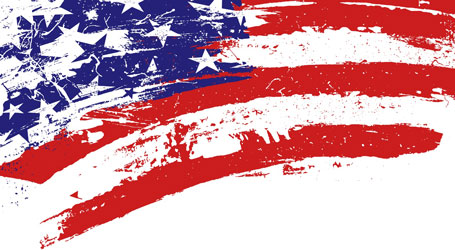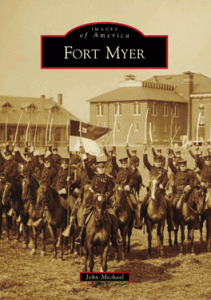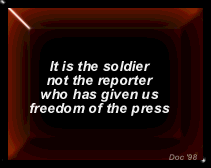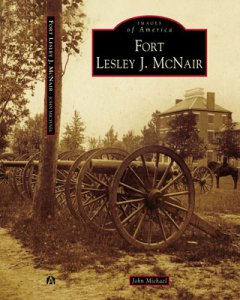The Second Battle of Manassas
On August 30, 1862, the Second Battle of Manassas(or Bull Run) ended a long campaign in northern Virginia. The campaign had begun when Union forces attempting to invade the Southern capital at Richmond were defeated just miles from the city. After the defeat near Richmond, the scattered Union forces under Major General John Pope clashed repeatedly with the Southern troops under Major General “Stonewall” Jackson. At the August 9 Battle of Cedar Mountain, Jackson’s Confederates outnumbered the Union troops two-to-one. After his easy victory there, Jackson retired from the field as Union reinforcements arrived.

While Pope’s Union army was engaged in fighting against General Robert E. Lee’s forces along the Rappahannock River, Jackson attempted to maneuver around to Pope’s rear in order to cut off his supply lines. Weary from inconclusive fighting along the Rappahannock, Pope decided to concentrate his forces and march on Jackson, who had succeeded in cutting off Pope’s supplies. A race was on for Pope to find and destroy Jackson before Lee could march his men to Jackson’s aid.
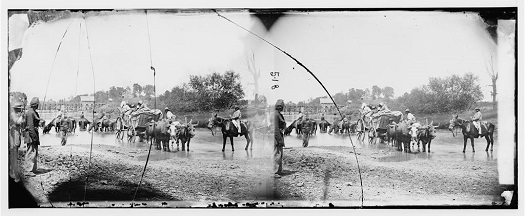
The Second Battle of Manassas(or Bull Run) began on August 28, when Pope marched his men into Jackson’s forces who were waiting near the town of Manassas. Jackson had set up his defenses at the site of the First Battle of Manassas that had ended in a Confederate victory just one year earlier. After some rough skirmishes, darkness fell, and both sides retired for the night.

Throughout the day of August 29, fighting raged up and down the line without a decisive victory. Pope’s Northerners broke through the Confederate defenses several times but were always pushed back. Throughout the night, Confederate movement to the west convinced Pope that the Southerners were preparing to retreat.
On the morning of August 30, Pope attacked the Confederates to the west, hoping to destroy the escaping Southern troops. Instead, he found 30,000 newly arrived reinforcements under General Robert E. Lee. The day was spent in fierce fighting; in the end, the Northerners were forced to retreat to nearby Centreville and, eventually, to the safety of Washington, D.C.
28th started for Manassas, arriving there 29th. 30th and 31st were engaged in the battle—the troops behaving with great coolness, courage and in perfect order—about 11 oclock at night left the battle field, (being the last regiment that left and having the credit of saving the artillery.) and bivouak’d that night at Centreville. Left the latter place Sept. 1st at 5 a.m. arriving at Chantilly at dusk—here occuring a sharp engagement (Battle of Chantilly) lasting till 10 oclock at night. (It rained furiously, and the conflict was in the woods.)
BUY THE BOOK
Images of America – Fort Myer is a pictorial chronicle of the first one hundred years of history containing over two hundred photographs, maps, and images. Beginning in the 1860s and carrying through the 1960s it provides a view of what was over time. An autographed copy of the book can be purchased at BUY THE BOOK.
OMAHA STEAKS
YUMMY … STEAKS~!
